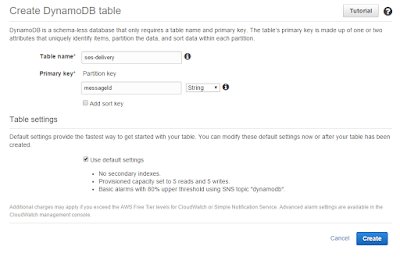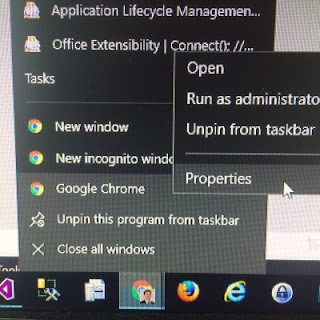Azure HTTP Web Server Logs to SQL

If you enable File System Web Server logs for your Azure App Service... Settings > Diagnostics logs > Web server logging > File System You'll start to see logs on the file system for your app service here: (you can find your FTP host and credentials in the publish profile file) /LogFiles/http/RawLogs Alternatively, you can see these logs through the Kudu UI: https://{yourappservicename}.scm.azurewebsites.net/DebugConsole/?shell=powershell Instead of downloading these one and a time and parsing through them, you can use the following library to assist in loading them into a relational database. You could even run this as a webjob within your app service. Get the code here: https://github.com/Stonefinch/AzureWebServerLogsToSql **Update: This repo now includes a web project that references the console app as a WebJob. You may also want to check out the LogParser tool by Microsoft https://blogs.msdn.microsoft.com/friis/2014/02/06/how-to-


